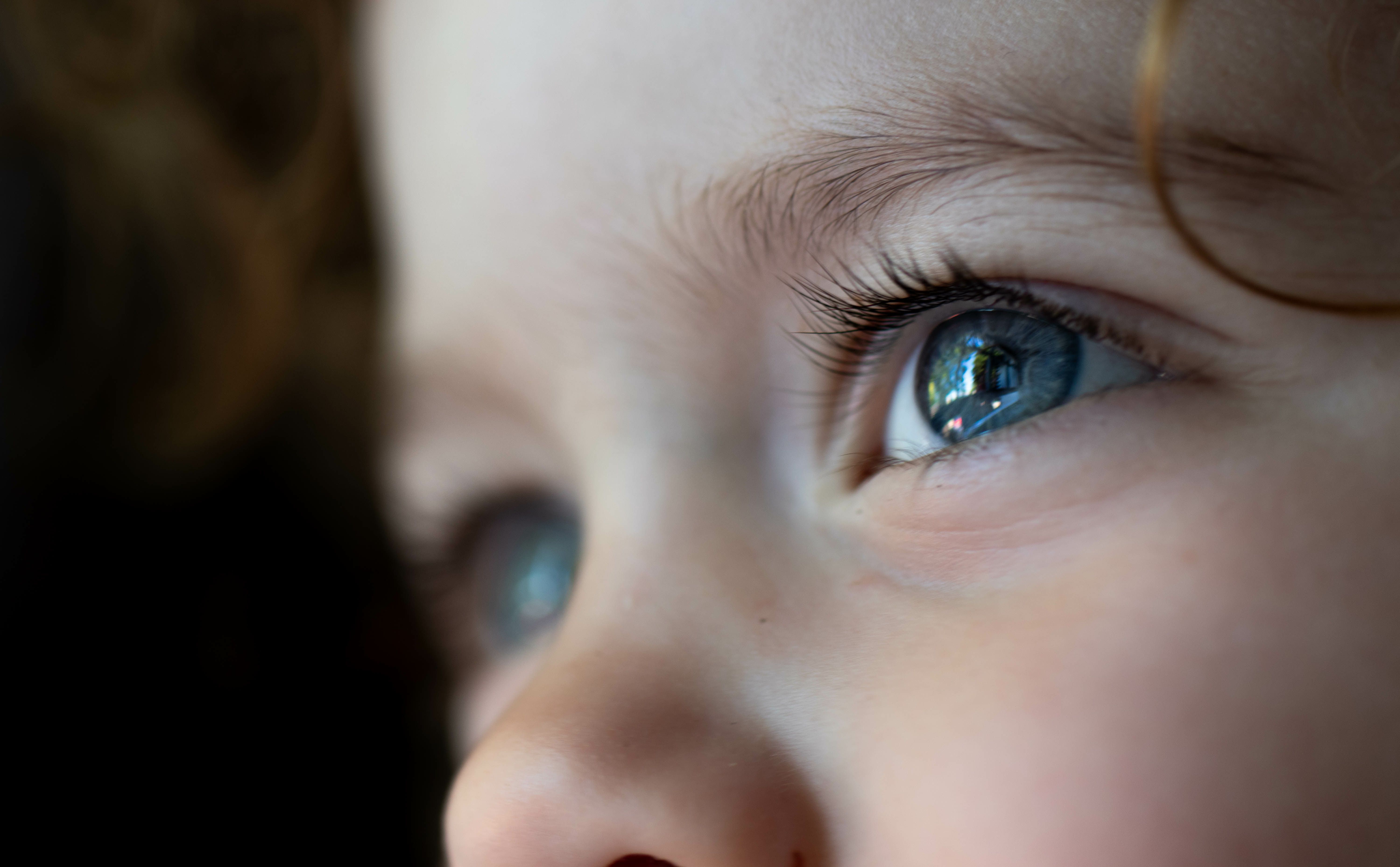- Center on Health Equity & Access
- Clinical
- Health Care Cost
- Health Care Delivery
- Insurance
- Policy
- Technology
- Value-Based Care
Myopic Maculopathy Progression Affects 12% of Children, Adolescents With High Myopia in China
Children and adolescents were at higher risk for myopic maculopathy progression if they had worse best-corrected visual acuity and longer axial length, among other risk factors.
Myopic maculopathy progression was found to occur in children and adolescents who had worse best-corrected visual acuity, longer axial length (AL), and more severe myopic maculopathy, according to a study published in JAMA Ophthalmology. Identifying patients at higher risk of progression could help to treat worsening eyesight.
Myopic maculopathy is one of the major causes of blindness and visual impairment due to the degeneration of chorioretinal tissues that occurs with excessive elongation of AL. Previous studies have not often looked into the progression of myopic maculopathy in children and adolescents, with previous assumptions being that the prevalence would increase in older individuals. This study aimed to evaluate the progression of myopic maculopathy in a 4-year period in children and adolescents with high myopia.
Child's eyes | Image credit: Jasmine - stock.adobe.com

Children and adolescents who had high myopia in both eyes, defined as myopic spherical power of –6.0 diopters (D) or less, and had examinations at Zhongshan Ophthalmologic Center were recruited for the study. All children and adolescents were aged 7 to 17 years and were examined between 2011 and 2012. Patients who had secondary myopia caused by other conditions or factors were excluded from the study along with patients with ocular disorders and severe systematic diseases.
Bilateral eye examinations were done at baseline and at the 4-year follow up visit. Intraocular pressure (IOP) was measured, AL measurements were taken, and best correct visual acuity (BCVA) was assessed. Macula-centered fundus photography was used to classify and grade myopic maculopathy by ophthalmologists. There were 5 categories used to divide myopic maculopathy: absence of myopic-related fundus lesions (C0), tessellated fundus (C1), diffuse chorioretinal atrophy (C2), patchy chorioretinal atrophy (C3), and macular atrophy (C4). Fundus photographs were taken at both baseline and the 4-year follow-up and graded.
There were 548 eyes from 274 participants that were included in this study. The mean (SD) age of the participants was 13.60 (2.66) years, the mean AL was 27.08 (1.30) mm, and the mean SE was –9.12 (2.46) D at baseline. The mean age increased to 17.67 (2.68) years, mean AL rose to 27.74 (1.42) mm, and mean spherical equivalence (SE) progressed to –10.99 (2.94) D at the 4-year follow up. At baseline, 74.5% of patients were in the C0 group, 11.3% in C1, 14.1% in C2, and 0.2% in C3.All but the C0 category had an increase in patients classified at the 4-year follow-up with 71.2% in the C0 group, 12.2% in the C1 group, 16.1% in C2, and 0.6% in C3.
A total of 12.2% of patients had detected progression of myopic maculopathy. New development of C1 was found in 18.2% of eyes from C0 to C1. A total of 13.6% of eyes developed C2 and 55.7% had enlargement of C2. A total of 2.3% of eyes had new signs of C3 or were transitioning from C2 to C3. The first appearance of lesion changes occurred in 10.2% of eyes.
Increased risk of the progression of myopic maculopathy was found in patients who were younger, had worse BCVA, had longer AL, had deeper SE, had faster AL enlargement, had faster SE progression, and had a more serious category of myopic maculopathy, according to a univariable model. Worse BCVA (OR, 6.68; 95% CI, 1.15-38.99), longer AL (OR, 1.73; 95% Ci, 1.34-2.24), faster AL elongation (OR, 302.83; 95% CI, 28.61-3205.64), and more serious category of myopic maculopathy (diffuse atrophy, OR, 4.52; 95% CI, 1.98-10.30; patchy atrophy, OR, 3.82; 95% CI, 1.66-8.80) were all associated with an increased risk of progression in 4 years, according to a multivariable logistic regression model.
There were some limitations to this study. For instance, traditional imaging techniques could have missed peripheral staphylomas that were outside of the posterior pole, which may underestimate the prevalence of stophylomas. The researchers also noted that the follow-up time of 4 years was relatively short, necessitating a study with a longer follow-up duration. In addition, graders of the fundus photographs were not blinded to whether the photo was taken at baseline or at the follow-up, which could have introduced potential bias into the classification of the disease.
The researchers concluded that progression of myopic maculopathy occurred in 12.2% of children and adolescents who had high myopia. Consideration of follow-up for these patients and and trying to identify those at risk for progression should be supported in the future.
Reference
Jiang F, Wang D, Xiao O, et al. Four-year progression of myopic maculopathy in children and adolescents with high myopia. JAMA Ophthalmol. Published online January 25, 2024. doi:10.1001/jamaophthalmol.2023.6319
